Despite not having an original game release in nearly a decade, it’s a pretty good time to be a Castlevania fan. Within the past several years, most, if not all, of the classic vampire slaying series have been released on modern consoles, including the wonderful GBA trilogy. All we need now is the DS trilogy released for modern platforms and we’ll have basically every worthwhile game in the series available to play on glorious HD displays. Not only that, but there was a significant expansion for Dead Cells that gave it a plethora of Castlevania content and, most importantly, a highly successful Netflix series that will be getting a new season with Castlevania: Nocturne.
So it’s safe to say I’ve had Castlevania on my mind thanks to Nocturne. While I got into the series after new releases dried up, I’ve been a fan of both gameplay styles that the series has experimented with. I love both the tough-as-nails side-scrolling approach of the early entries as well as the more accessible and open-ended games inspired by Symphony of the Night. I don’t think it’s controversial in the slightest to say that Symphony of the Night is a simply spectacular video game, but what may be a bit more of an unpopular opinion is that its immediate predecessor, Castlevania: Rondo of Blood, is just as good, but for different reasons. And chances are, Rondo of Blood is probably the one classic Castlevania game that fans of the series may have missed out on, which is a shame because it deserves all of the adoration and respect possible.
For those unaware, Castlevania: Rondo of Blood was considered, for a time, to be a lost entry in the series. Originally released on the PC-Engine/TubroGrafx-16 in October 1993, the game stayed a Japanese-only release and never made it to the West. While no official reason has ever been given for this omission, it’s not exactly hard to guess why it was never localized. While the TurboGrafx-16 was somewhat popular in Japan, it sold poorly in the West and trailed behind the Super NES and the Sega Genesis by a wide margin. Plus, given how the game was released a year before the TurboGrafx-16 was discontinued, Konami probably assumed that if they released it in the West, it would almost surely cost them more money than they would have made back.
Related: How Dead Cells Brought Castlevania Back to Gaming – Interview
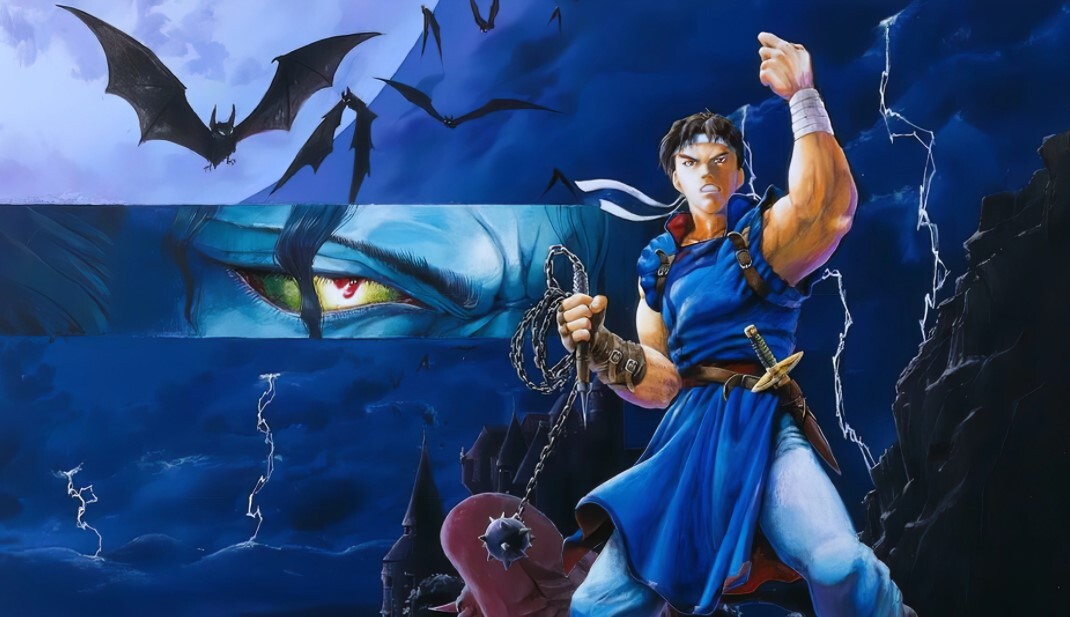
And so the game went by completely unnoticed by Westerners. A downgraded port was eventually made for the SNES called Castlevania: Dracula X, but the game felt antiquated by Castlevania standards and featured some absolutely horrid level design that always came across as cheap to me. So when Symphony of the Night was released in 1997, many people assumed that its intro, which depicted the final boss of Rondo of Blood, was of Dracula X’s climax despite the inconsistencies present. It wouldn’t be until 2007 that Rondo of Blood would see an official release in the West, but even then that release was relegated to the PSP as part of Castlevania: The Dracula X Chronicles. That updated remake would include the original release as well, but from then on, Rondo of Blood began to appear on more systems, including the Wii Virtual Console in 2010, and modern systems in 2018 as a part of Castlevania: Requiem, which paired Rondo of Blood and Symphony of the Night together.
I first played Rondo of Blood on the Wii Virtual Console and despite that version being the original Japanese release, I was immediately enamored by the game and how it differentiated itself from other entries in the series. The game has you assume the role of Richter Belmont, a descendant of Simon Belmont as he tries to stop the sorcerer Shaft from reviving Dracula. Along the way, Richter needs to rescue several women who have been captured by the the forces of evil, including his girlfriend Annette and the young Maria Renard, who could serve as a second playable character once she was freed. Altogether, you progress through eight (technically nine if you count the brief intro) stages, defeat a myriad of bosses, and try not to be killed by the game’s punishing difficulty.
While I find that Rondo of Blood is easier than other early Castlevania titles like Castlevania III: Dracula’s Curse and Dracula X, Rondo of Blood can and will make you frustrated at just how tough it is. That isn’t apparently immediately though, thanks to the fairer level design that eschews bottomless pits and the generally shorter levels. The difficulty comes from how enemy placement can and will screw with you. Take the Spear Guard for example. They’re purple suits of armor with spears that are deceptively long and can hit you from quite a distance. Not only that, but if there are Spear Guards in the area above you, they can poke at you from above and quickly drain your health. You will have to deal with many enemies, but all of them have easy-to-learn patterns and clear tells, making deaths feel like you’re learning how to defeat them while taking minimal damage.
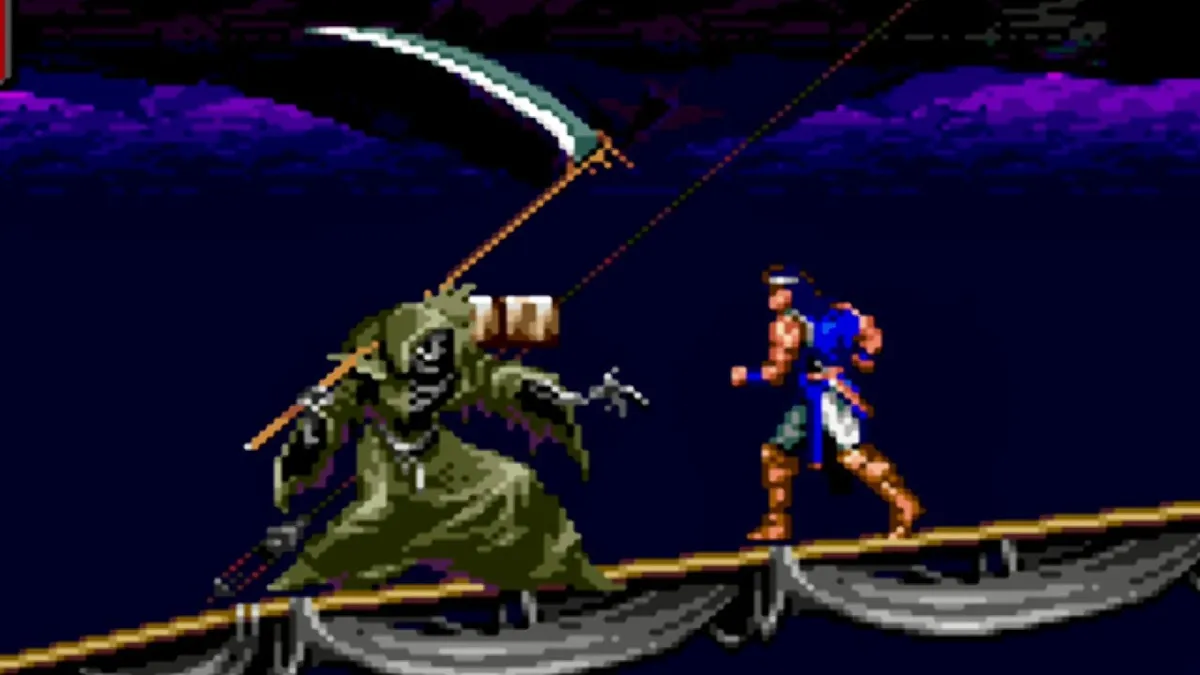
Granted, each stage is all about surviving as long as possible until you make it to the bosses. What makes Rondo of Blood stand out from its peers is that most of the stages have two bosses inside of them. There’s the standard boss that you’ll fight if you just progress as the game wants you to, but if you experiment and search around a little bit you may find a secret pathway to a hidden boss. Some of these pathways are pretty obvious, like riding a log on a river further than you should, and some are more obtuse, like following a zombie down a very particular hole to reach an underground passageway. Regardless of which boss you fight, they’re usually the highlight of the level and will test your skills with the basic controls and the sub-weapon you bring into combat. And if you get a game over fighting a particularly tough boss in a level, then you can always search around a bit more and find the hidden boss and hope that offers an easier experience. If and when you defeat the hidden boss, you’ll unlock one of the best hidden features of Rondo of Blood; alternate stages.
An alternate stage is, simply, a different stage you can go through on your way to Dracula. There are four alternate stages for stages 2, 3, 4, and 5, allowing you several different permutations of routes for you to experiment with on your way to Dracula. Maybe you’ll tackle Stage 2 as normally, but switch to alternate stage 3 and 4 before going back to the normal stage 5. This adds a nice layer of replayability to Rondo of Blood that isn’t present in other entries in the series. It feels rewarding to chart your own course and play through the levels you want to play and fight the bosses you want to fight. For example, I hate the Hydra boss in alternate stage 5, so I’ll avoid that level by playing the normal Stage 5 and fighting Death instead. Instead of forcing my way through levels and encounters I don’t like, I can chart a course that I find fun and exciting.
And when I’m playing through Rondo of Blood, oftentimes I’m not playing as Richter Belmont. Instead, I play as Maria Renard, who is unquestionably just a more fun character to control. While killing monsters with a little girl may seem a bit off-kilter, her abilities and techniques are second to none. She has a double jump, allowing for much easier platforming, her standard attack shoots two birds at enemies with quite a fair bit of range and at a faster pace than Richter’s whip, and her sub-weapons are also cute animals that are simply more useful to use in combat than what Richter has available. She is effectively an easy mode, and her inclusion is a bit odd given that you need to rescue her first in order to use her as a playable character, making an easy mode seem kind of pointless since you’re already well into the game by the time you get her, but that just adds even more to the replayability of Rondo of Blood.
Related: When the Creator of Jet Set Radio Met the Creator of Symphony of the Night
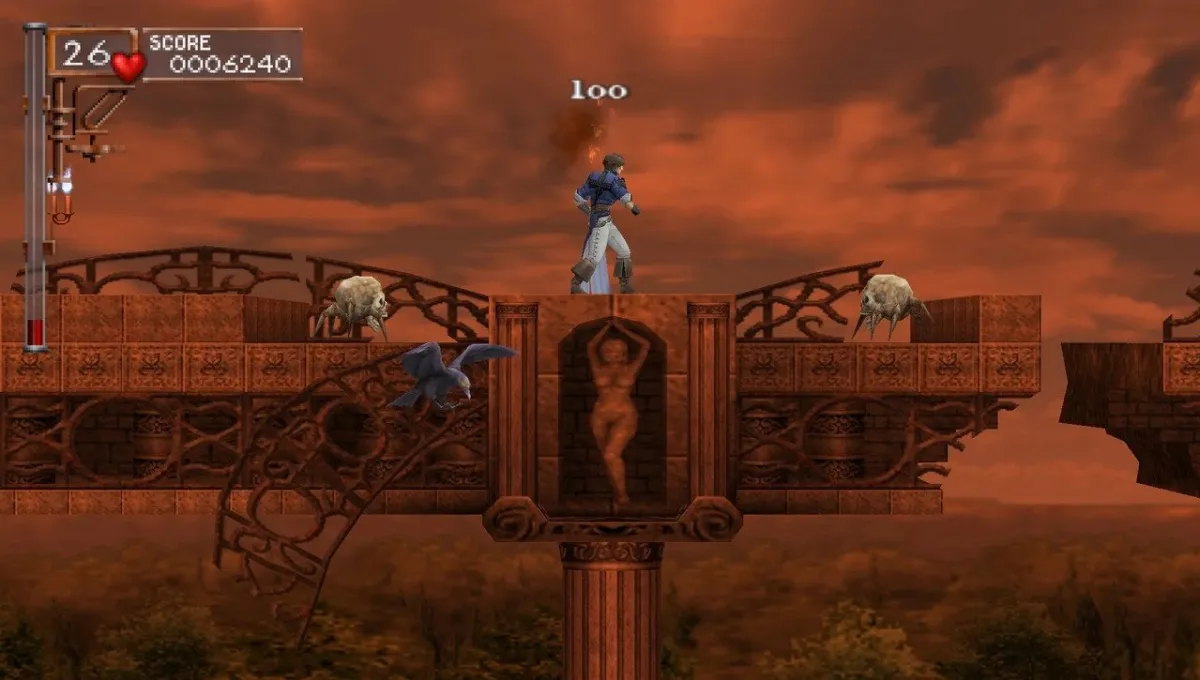
The amount of times I’ve replayed Castlevania: Rondo of Blood just for this one article is staggering. I originally just wanted to do a single playthrough, but over the course of a weekend, I went through the game three separate times. Unlike the later entries inspired by Symphony of the Night, its short length allows me to get several runs in and removes a lot of time-wasting hassle that is present in those open-ended games. I don’t have to worry about inventory management or backtracking through Dracula’s Castle. I can just play a straightforward Castlevania game with just enough variability to keep me engaged.
I should also just make a quick special mention of the enhanced remake, The Dracula X Chronicles, which gives the game a grimmer aesthetic and removes the sprite work in favor of 3D models. I personally don’t find that version of the game to be particularly amazing given how the visuals seem washed out and the English voice acting is mediocre at best. Still, the package does include a sound selection, a boss rush mode, a new final boss, and ports of the original Rondo of Blood, Symphony of the Night, and the deep-cut Akumajyo Dracula X Peke. However, due to technical limitations, such as audio syncing being delayed in the Rondo of Blood cutscenes and the overall power of the PSP, this version of the game simply isn’t necessary now that Rondo of Blood is more widely available to audiences.
Despite being lost to time for well over a decade, Rondo of Blood is one of the early peaks of the Castlevania series that deserves more attention. Its tight level design, challenging yet fun boss fights, multiple hidden levels, and two playable characters make this one of the most well-crafted entries in the series. There’s hardly any fat on this game that needs trimming, leaving a lean and efficient platformer for those looking for a challenge. With Castlevania: Nocturne’s release, hopefully, more people will want to take a look at a game that deserves more attention and praise than it got when it was initially released.

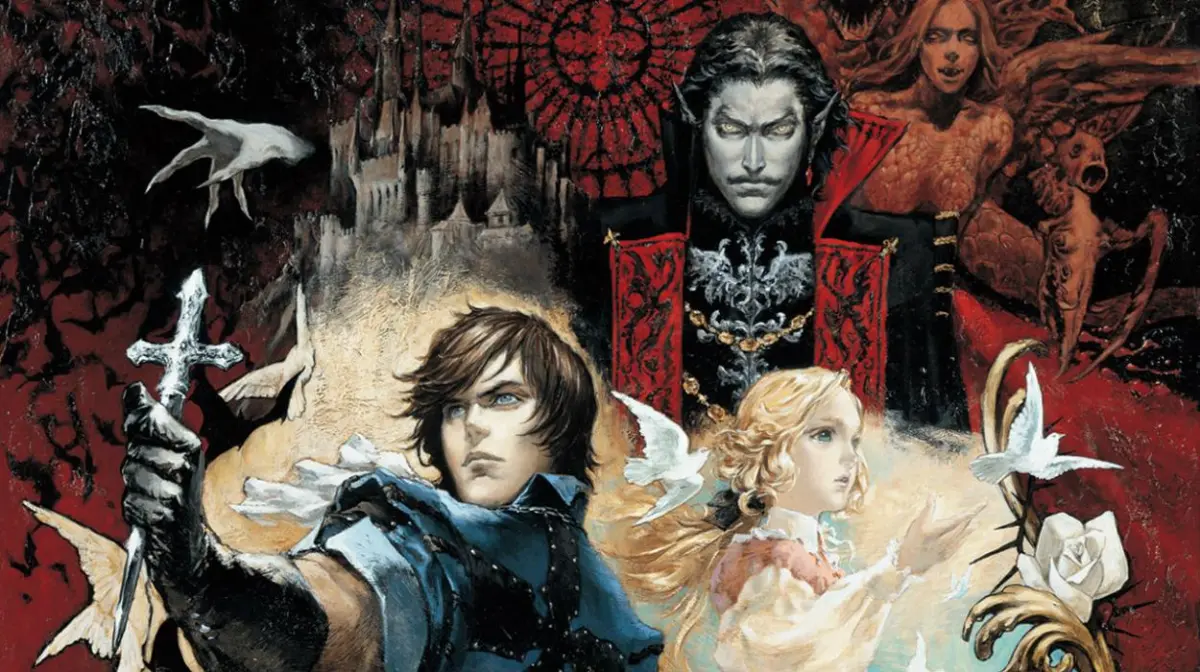



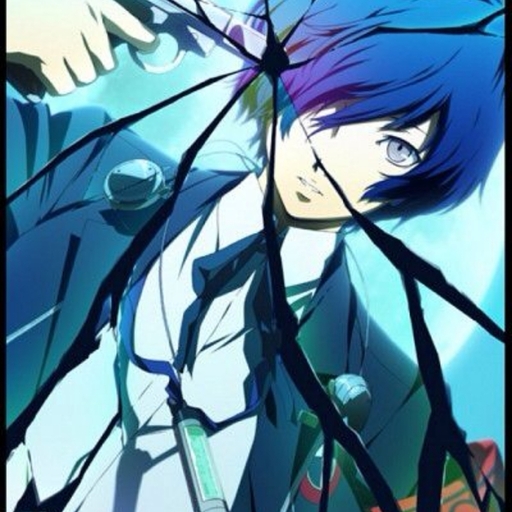
Published: Sep 27, 2023 05:00 pm